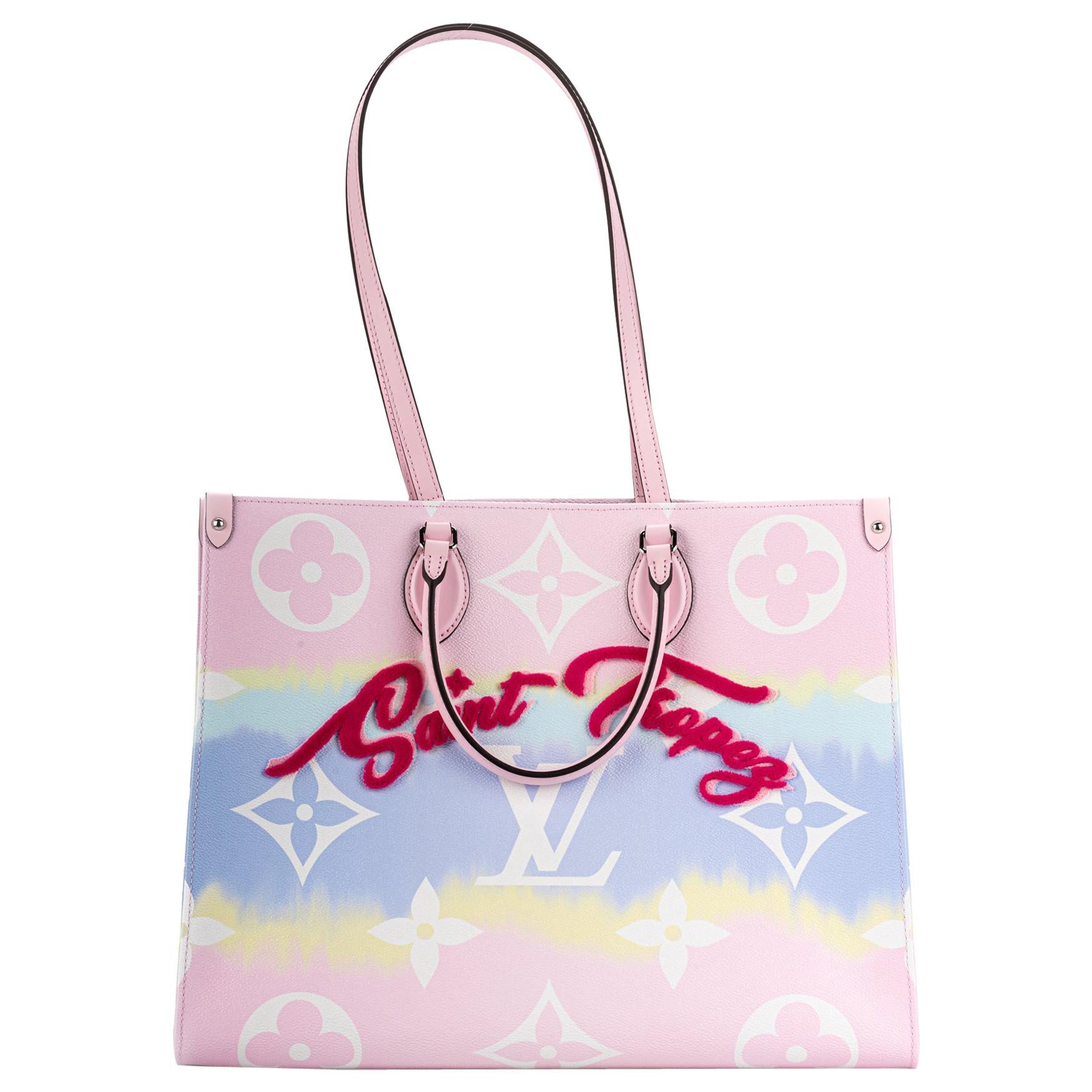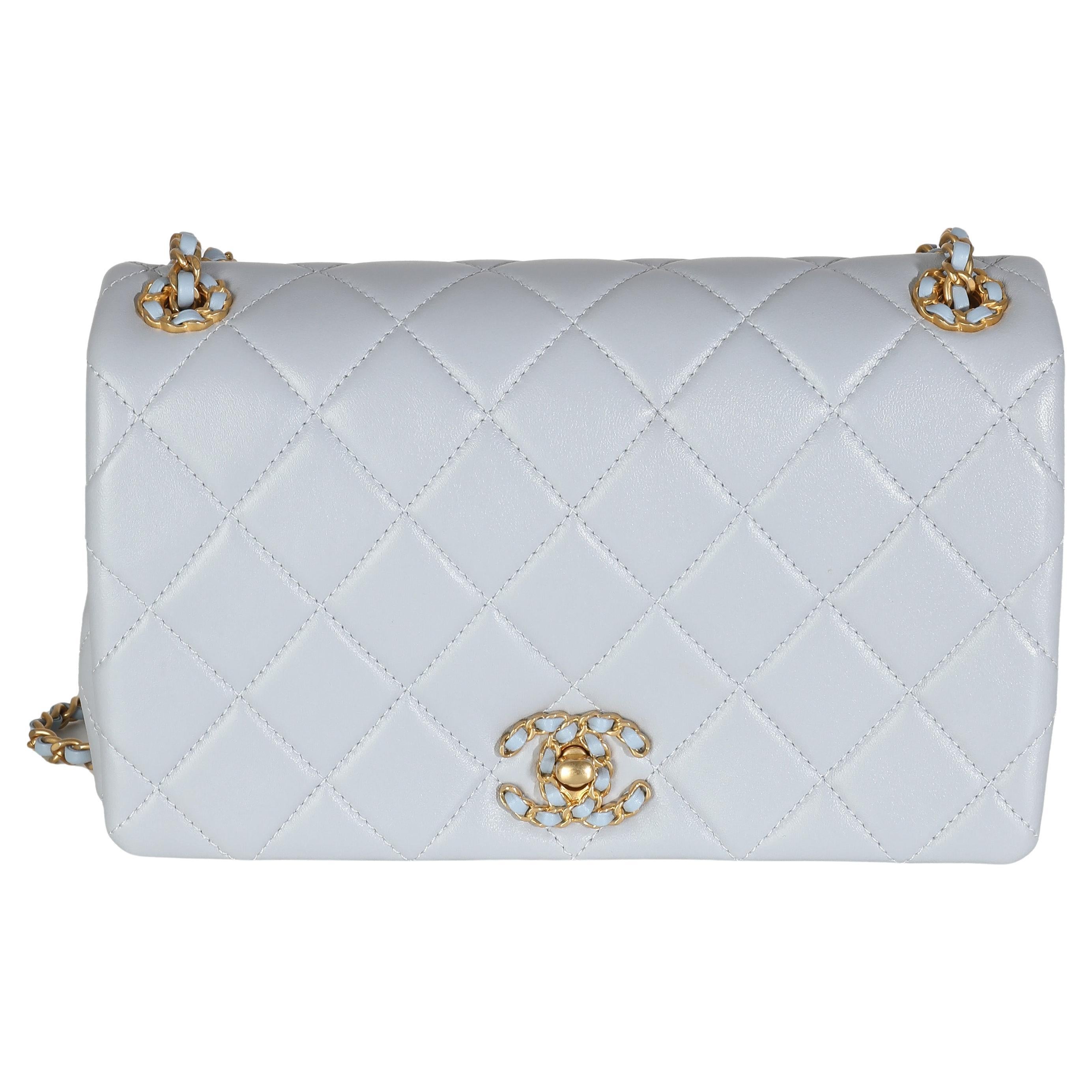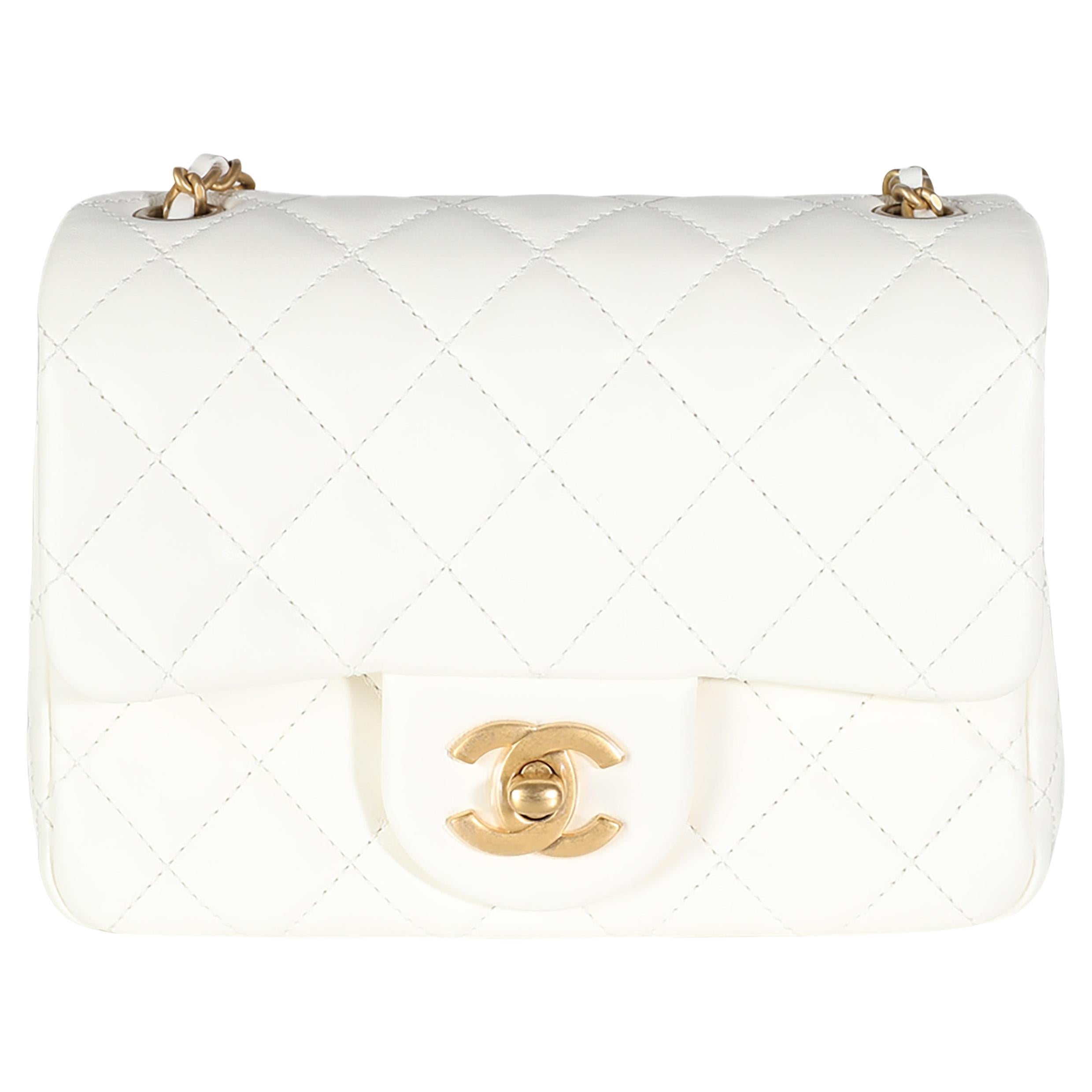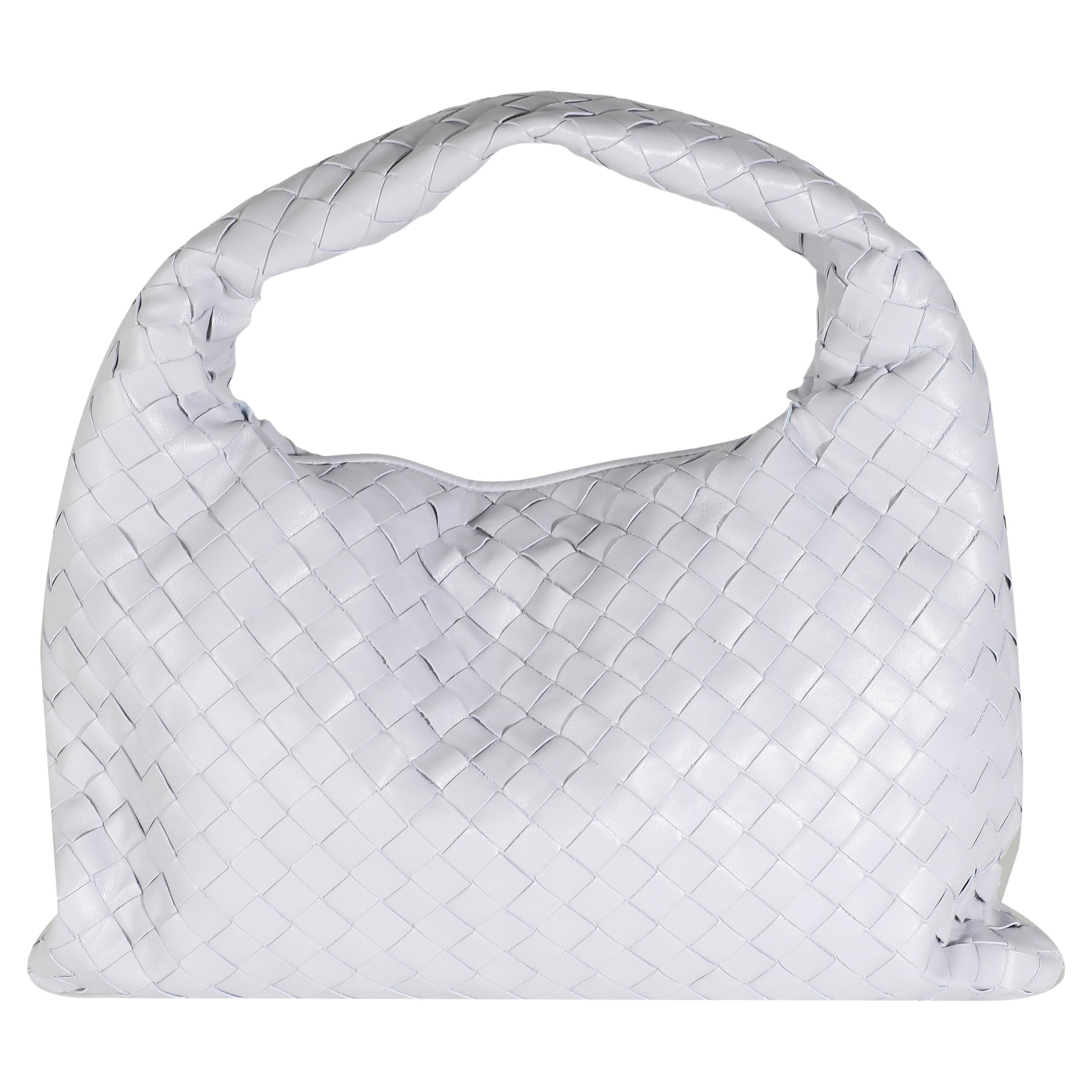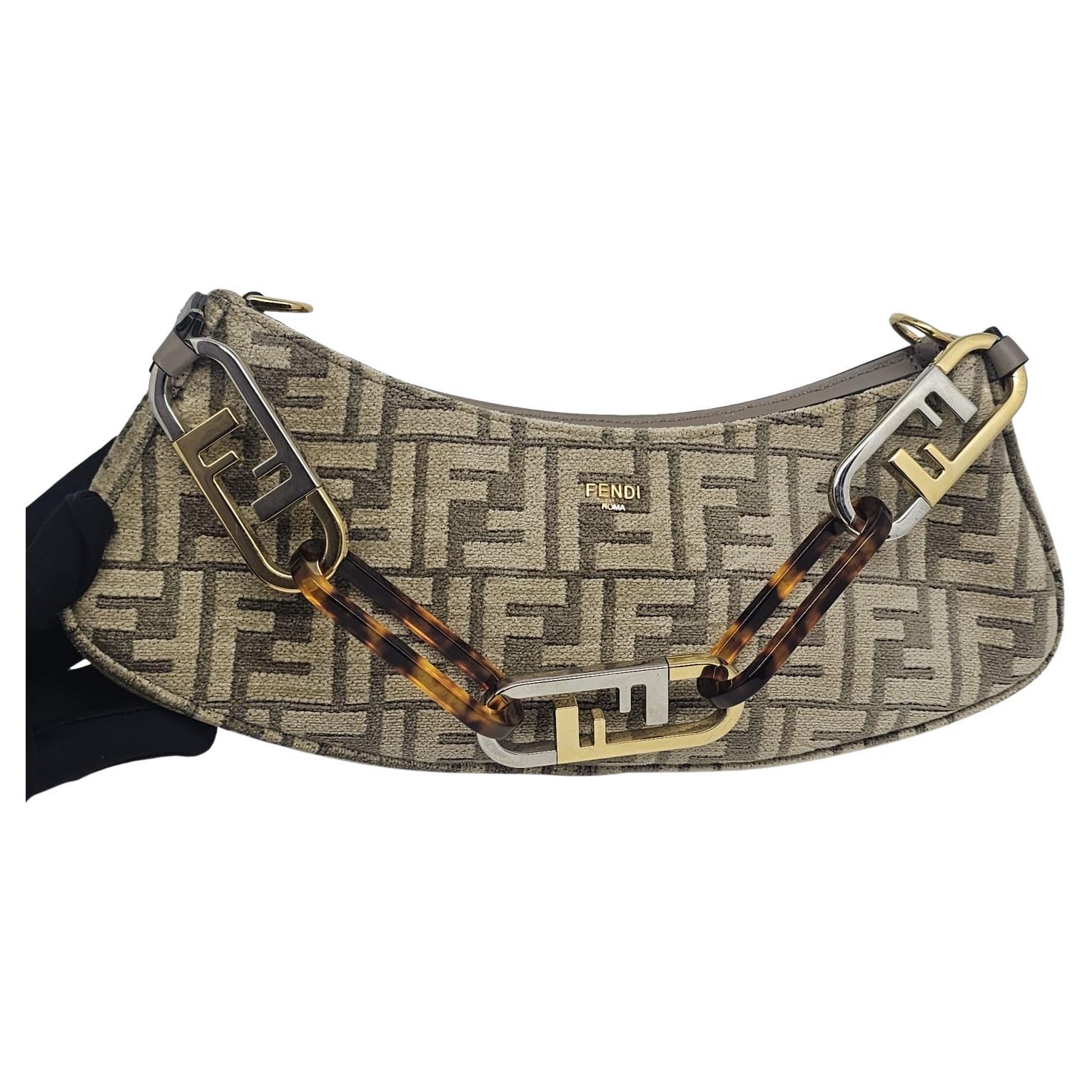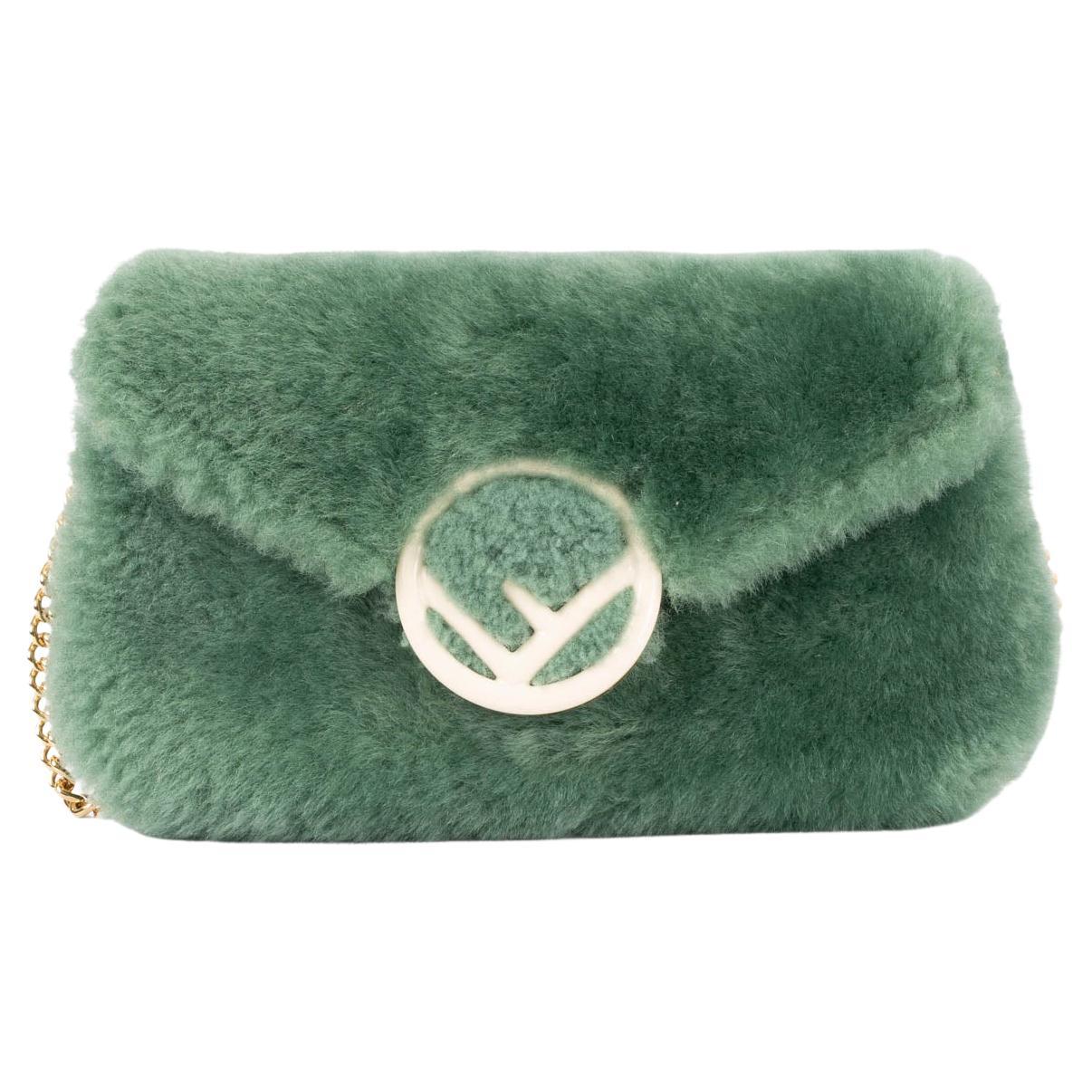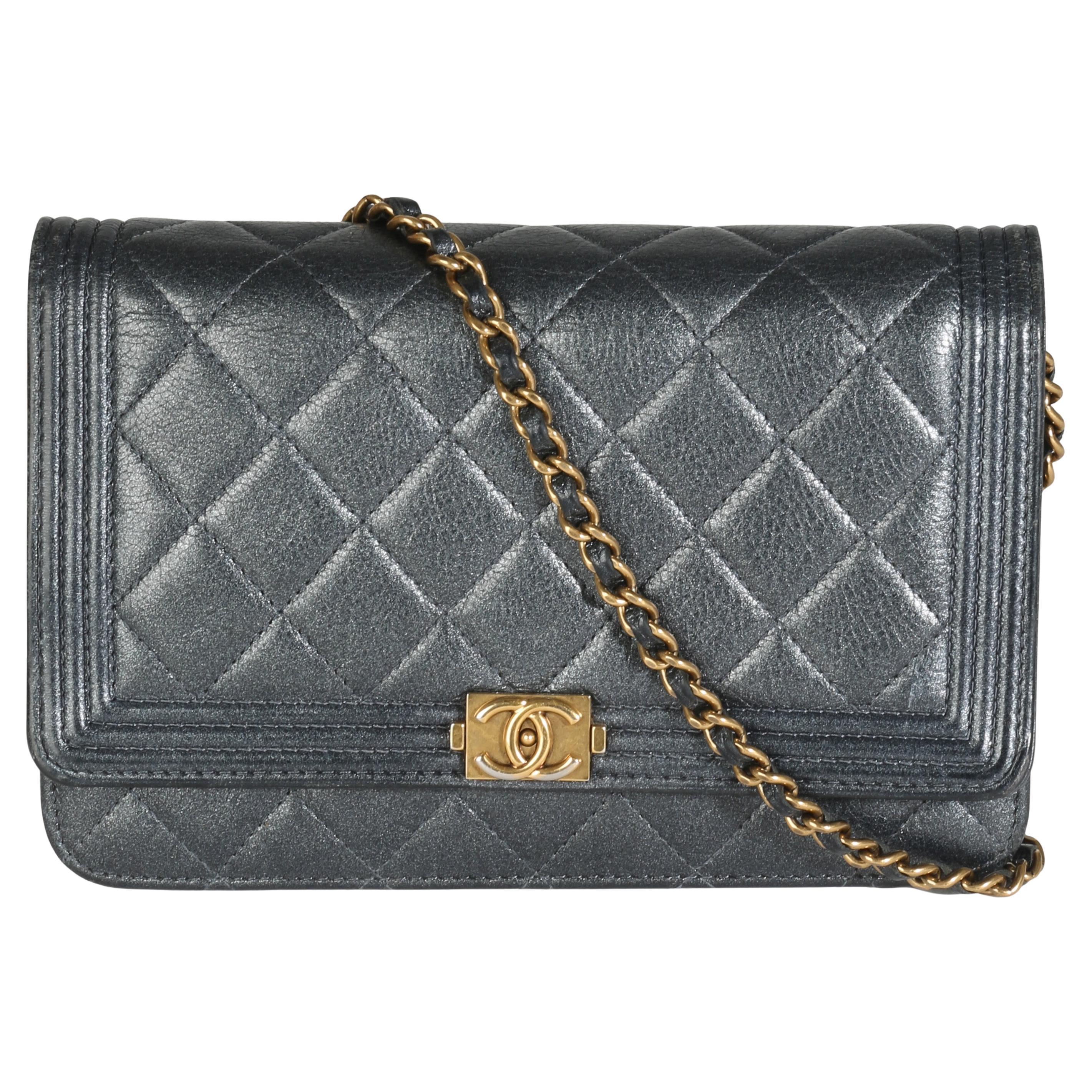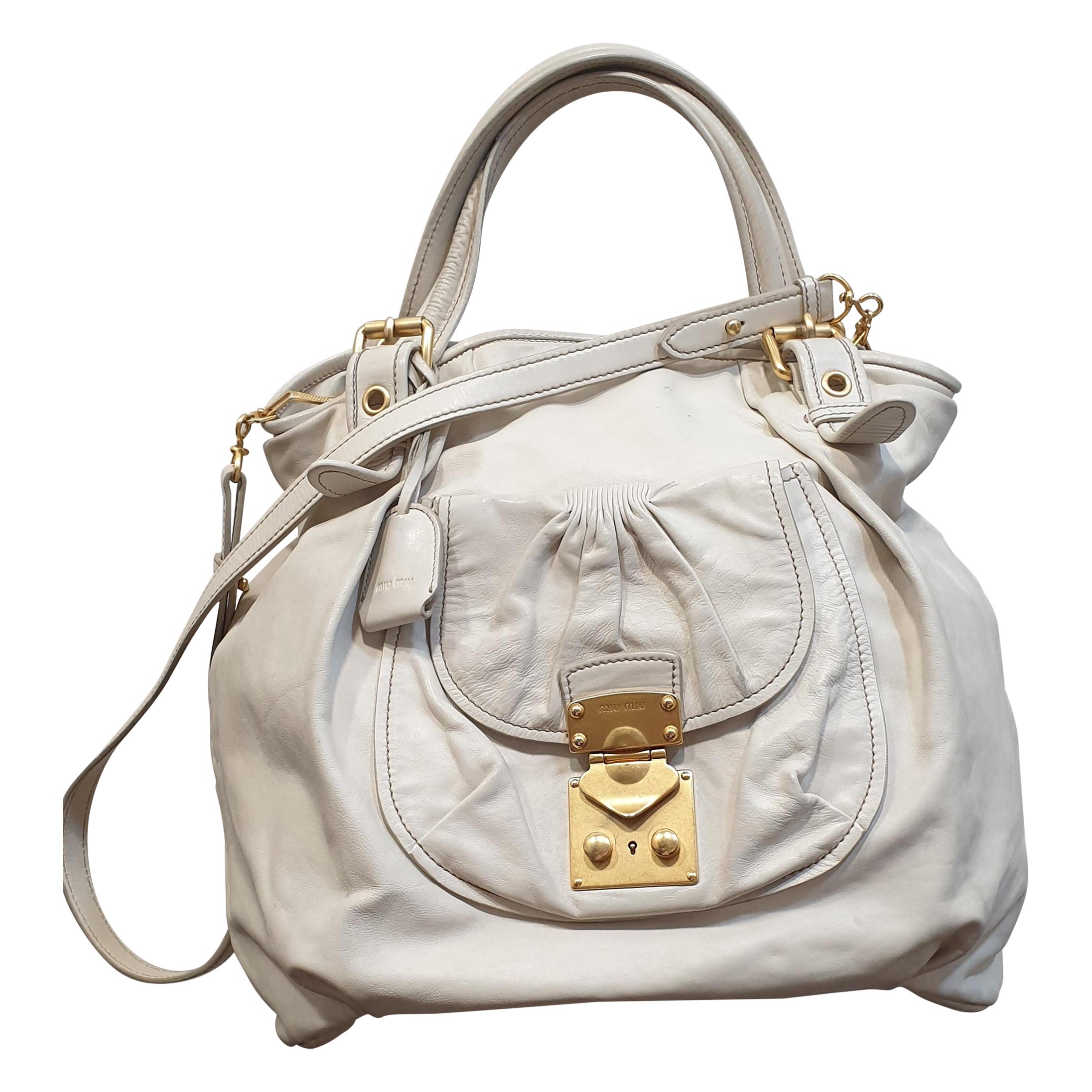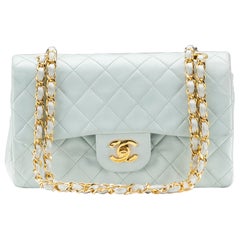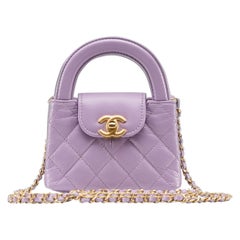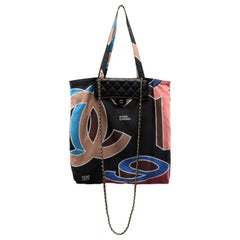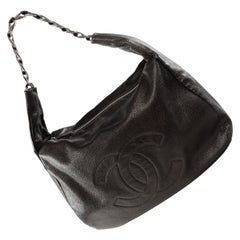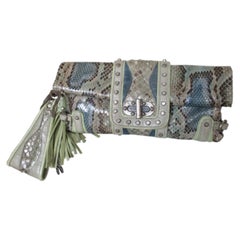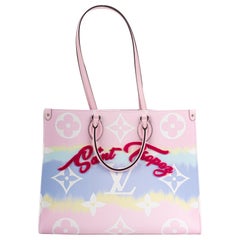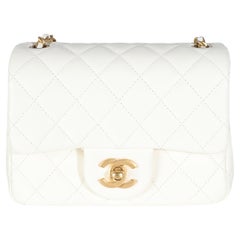Louis Vuitton Monogram Iconoclast Punching Bag Karl Lagerfeld
View Similar Items
Louis Vuitton Monogram Iconoclast Punching Bag Karl Lagerfeld
About the Item
- Designer:
- Brand:
- Dimensions:Height: 14.57 in (37 cm)Width: 6.7 in (17 cm)Length: 7.88 in (20 cm)
- Style:Contemporary (In the Style Of)
- Place of Origin:
- Period:
- Condition:Wear consistent with age and use.
- Seller Location:Roosendaal, NL
- Reference Number:1stDibs: LU177528624801
Karl Lagerfeld
More than a mere tastemaker, Karl Lagerfeld devoted himself to the continual pursuit of chic. “My life and my job,” the designer once said, “is to forget myself.” During his five-decade career designing shoes, handbags, evening dresses and other items for Chanel, Fendi, Chloé and many others, Lagerfeld was a quintessential chameleon, ever evolving to embody the times.
An outsize, instantly recognizable personality — his ponytail powdered like an 18th-century viscount, his eyes perpetually shielded by dark glasses, wearing fistfuls of chunky silver jewels — Lagerfeld was, above all, an avatar of style.
Born in Hamburg (in 1933, ’35, or ’38 by varying accounts), Karl Lagerfeld packed his bags for Paris in 1954. His design for a coat won him the International Wool Secretariat and landed him a job with the celebrated couturier Pierre Balmain. He went on to become the designer of Jean Patou, eventually realizing that his seemingly endless ideas could fuel a career as a designer-for-hire. As such, Lagerfeld lent his vision to everyone from Loewe and Max Mara to Krizia and Charles Jourdan, nimbly moving among a diverse range of styles. It was an unprecedented way of working in the days when freelance was still a dirty word.
During the late ’60s and ’70s, he refashioned Chloé to reflect the free spirit of the day and, beginning in 1965, joined forces with the Fendi family, taking it from sleepy furrier to fashion’s haute-est stratum. Because of his track record for reviving and reimagining brands that had grown stagnant, in 1983 Lagerfeld was handed the reins at Chanel, which had been gathering dust since its founder’s heyday.
From Lagerfeld's first Chanel collection, he injected the venerable house with a frisson of modernity. He riffed on its iconography — tweed skirt suits, pearls, camellias — accenting a lexicon of Chanel-isms with tastes of the moment. Despite producing eight collections a year for Chanel, as well as four to five for Fendi, Lagerfeld never faltered in proposing new ideas each time he put pencil to paper.
Lagerfeld’s collections for Chanel, in particular, displayed his knack for synthesizing old and new, high and low. From Watteau (Spring/Summer 1985 couture) and Serge Roche (Spring/Summer 1990 ready-to-wear) to hip-hop fly girls (Fall/Winter 1991 ready-to-wear), surfers (Spring/Summer 2003 ready-to-wear) and ancient Egypt (Pre-Fall 2019), Lagerfeld used each season’s inspiration to conceive Chanel’s signatures anew.
Browse a collection of sophisticated designs by Karl Lagerfeld on 1stDibs, including handbags and evening gowns for Chanel, vintage cocktail dresses for Chloé and more.
Louis Vuitton
The story behind iconic luxury brand Louis Vuitton — best known for its esteemed handbags, crossbody bags, leather goods, ready-to-wear clothing and more — is one of craft and innovation in the worlds of fashion, jewelry and furniture.
The company’s modest origins can be traced back to when its founder, Louis Vuitton (1821–92), wishing to free himself from the conventional lifestyle in his provincial French city of Anchay as well as a difficult stepmother, left in the early 1830s to make a new life in Paris. The young Vuitton was 13 at the time and would need to travel on foot to get to the capital, which was hundreds of miles away. With stops along the way to make money so that he could forge ahead, the journey took a couple of years, but reward was close at hand.
When he arrived in Paris, Vuitton made a living with his hands. He toiled as a box maker and packer for more than a decade and built relationships with royals and members of the upper class while working for the empress of France, Eugenie de Montijo. In 1854, Vuitton launched his namesake company. The craftsman opened a humble workshop on rue Neuve des Capucines and advertised his services with a small poster that read: “Securely packs the most fragile objects. Specializing in packing fashions.”
Long before his brand would become known globally for its exemplary top-handle bags and stylish totes, Vuitton produced stackable and rectangular trunks. The most common trunks of the era were round, which weren’t ideal for toting and storing. In 1858, Vuitton debuted his lightweight, handcrafted canvas trunks, which were sturdy, rugged and equipped with convenient compartments. Travel’s popularity broadened in the late 19th century, and Vuitton’s trunks could easily be packed into train cars and ships — upright trunks meant hanging wardrobe storage that would allow his clients to transport their sophisticated garments without worry. Demand increased and the company grew. When Louis Vuitton died in 1892, control of the luxury house was passed onto his only son, Georges Vuitton.
In 1914, a Louis Vuitton store opened at 70 Champs-Élysées. The largest travel-goods store in the world at the time, it became the company’s flagship.
The Louis Vuitton brand embodies all the attributes of luxury, from the craftsmanship, exclusivity and relevance to heritage. It’s only appropriate that it boasts one of the most recognizable insignias — the imaginative interlocking of letters and fleurettes — in the fashion world. The famous LV monogram was first used in 1896 as part of an initiative by Georges to prevent counterfeiting of his coveted new line of travel trunks. It’s one of the earliest examples of fashion branding.
The LV monogram would soon appear on everything from bags and various fashion accessories to alligator-skin champagne cases, from stylish apparel and earrings to teddy bears and airplane models.
On 1stDibs, the unmistakable insignia can be found on both modern and vintage Louis Vuitton shoulder bags, suitcases, original 19th-century trunks, jackets and more.
More From This Seller
View All1990s French Structured Shoulder Bags
2010s French Structured Shoulder Bags
2010s French Hobo Bags
Early 2000s French Hobo Bags
2010s French Structured Shoulder Bags
2010s Italian Structured Shoulder Bags
You May Also Like
21st Century and Contemporary Unknown Shoulder Bags
21st Century and Contemporary French Shoulder Bags
21st Century and Contemporary Shoulder Bags
21st Century and Contemporary Shoulder Bags
21st Century and Contemporary Hobo Bags
21st Century and Contemporary Shoulder Bags
Recently Viewed
View AllRead More
Remembering Fashion Designer, Collector and Supreme Tastemaker Karl Lagerfeld
The creative force behind brands like Chanel, Fendi and Chloé was as exacting in his interiors as he was in his clothing designs.
Louis Vuitton and Murakami’s Collab Is As Fresh As Ever
The Japanese artist is one of many creators with whom the French fashion house has partnered to impressive effect.

